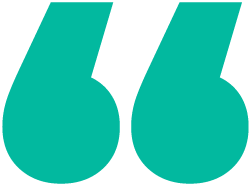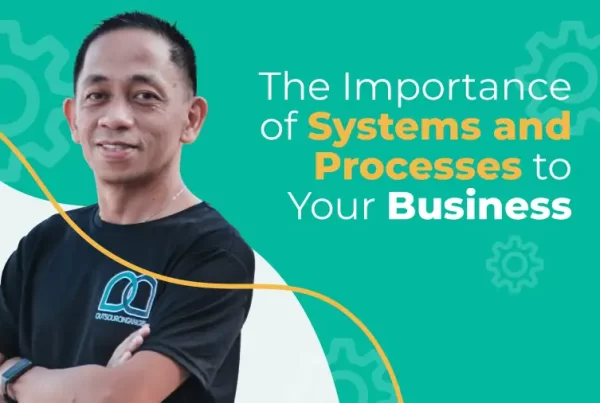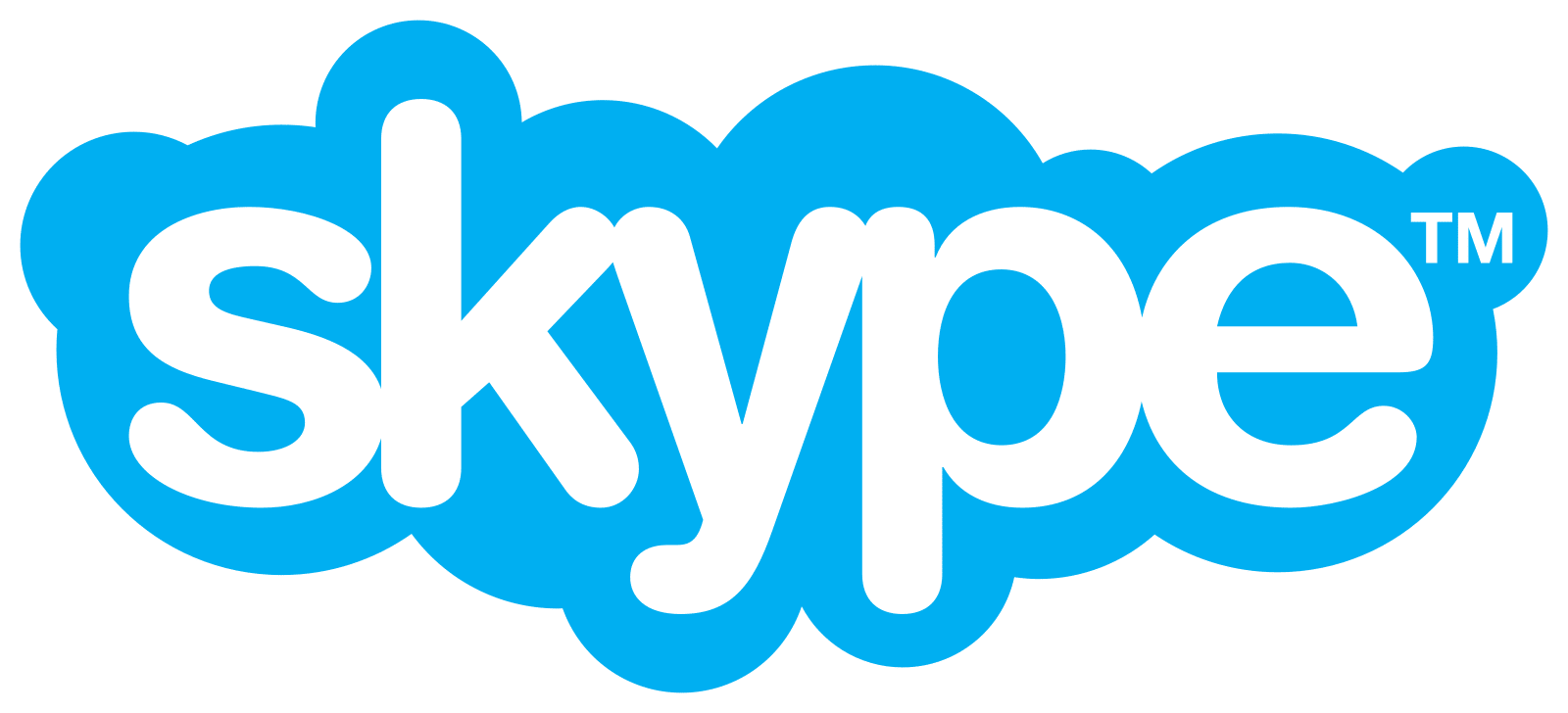
If you’re exploring offshore talent to cut costs and scale faster in 2025, you’re one smart cookie. More businesses are embracing global talent pools like you are, but here’s the thing: not all leasing models are created equal!
When done right, hiring offshore talent empowers you to build high-performing teams without the overheads of traditional hiring.
But done wrong, it can lead to high turnover, poor output, and brand damage 😬 In fact, a 2022 poll of 600 US and Canada-based small businesses found that their challenge in outsourcing was that their outsourced teams were “difficult to communicate with” (21%), their teams failed to meet deadlines (14%) and that teams “didn’t follow instructions” (12%).
In this article, we unpack the truth behind this popular business model and what to watch out for in the new landscape of remote hiring in 2025.
Is hiring offshore talent still worth it in 2025?
Short answer: Yes—but only if you’re working with the right partner👌
In 2025, the market is more saturated than ever. Some providers offer ultra-low-cost solutions by slashing wages and skipping essential HR support.
This churn-and-burn approach often results in:
- High turnover
- Lack of accountability
- Poor communication and deliverables
The truth is, hiring offshore talent only works if it prioritises people, not just revenue.
The best providers are reimagining the model by not just leasing talent, but embedding them into your business as real team members. This means their outsourcing practices include:
✅ Private healthcare and paid leave for remote workers
✅ Local HR and ongoing upskilling
✅ Systems for managing remote teams effectively
✅ Dedicated client support to ensure performance
At Outsourcing Angel, we don’t just hire offshore talent—we foster long-term relationships. That’s why our average remote hire sticks with their client for 5 years or more ♥️
“The peace of mind, to me, is just invaluable.”
With Outsourcing Angel, there was a manager who managed the process with us and made sure that our new VA was a really good fit for us. And because I had all these processes in place, we were very clear on what the VA needed to do. It was a really easy process.
I have a lovely person who is being supported properly and being paid a living wage, doing the work that I need her to do in a timely fashion and does it well, and I get the impression actually likes her job—that peace of mind, to me, is just invaluable.
I know that my VA has full healthcare coverage, that she gets training if she needs or wants it, and that she’s part of a team where she can get any kind of support she might need.
Why businesses turn to offshore talent
With inflation pressures and hiring challenges still looming, companies are searching for smarter, leaner ways to grow.
Hiring offshore talent has become one of the go-to remote solutions for these key reasons:
- Lower operational costs: You can save up to 70% in payroll without compromising on skill.
- Access to borderless talent: Hire experienced professionals without being restricted by geography or time zones.
- Speed and flexibility: Get talent placed in weeks instead of months and scale up or down as needed.
- Fewer HR headaches: You won’t need to manage contracts, compliance, or payroll because your provider handles it all.
- Built-in business continuity: With dedicated remote teams working across time zones, you can keep your operations running 24/7.
However, the rise in demand has also attracted a wave of providers cutting corners. 😢
Many businesses that hire remote staff end up with mismatched talent or teams that lack the support and systems to perform long-term.

How to spot ethical remote workforce solutions
To future-proof your remote team, here’s what to look for in any offshore talent provider:
#1 Transparent pay structures
If it’s too cheap, there’s likely a catch. Make sure your outsourced team is paid a living wage, with paid leave and performance incentives. This encourages long-term retention and a better work ethic! 🧑💻
#2 Cultural compatibility
Great remote work is built on communication. That’s why you should choose providers who screen for strong English, emotional intelligence, and alignment with your company values, not just technical skills.
#3 Remote-ready systems
Your provider should also implement secure systems for managing remote employees—including time tracking, SOPs, password managers, and daily or weekly check-ins.
#4 Support beyond placement
Look for more than just a recruiter. Ethical providers offer ongoing HR support, performance coaching, and mental health check-ins, which helps your offshore staff feel like part of your team.
#5 Retention-focused processes
The best providers aren’t interested in a quick match; they also invest in proper onboarding, cultural integration, and upskilling. That’s how they build teams that last 5+ years, not just 5 weeks.
Hiring overseas shouldn’t feel like a gamble. It should feel like a long-term investment in both your business and someone else’s livelihood.
With the right partner, you don’t just gain an extra pair of hands for your business. You gain a loyal, skilled, and supported teammate who’s invested in your success just as you are 💪
The final verdict: hiring offshore talent in 2025
Hiring offshore talent is still one of the best ways to build a lean, agile team—if you do it with a provider that champions ethics, transparency, and long-term growth.
In 2025, the model is evolving fast. It’s no longer just about cutting costs but about attracting loyal talent who enable your business’ sustainable growth 📈
Whether you’re looking to hire remote talent for the first time or upgrade your current offshore setup, it’s worth investing in a partner who understands what truly makes remote hiring work: people-first systems, not shortcuts!






























































































































































